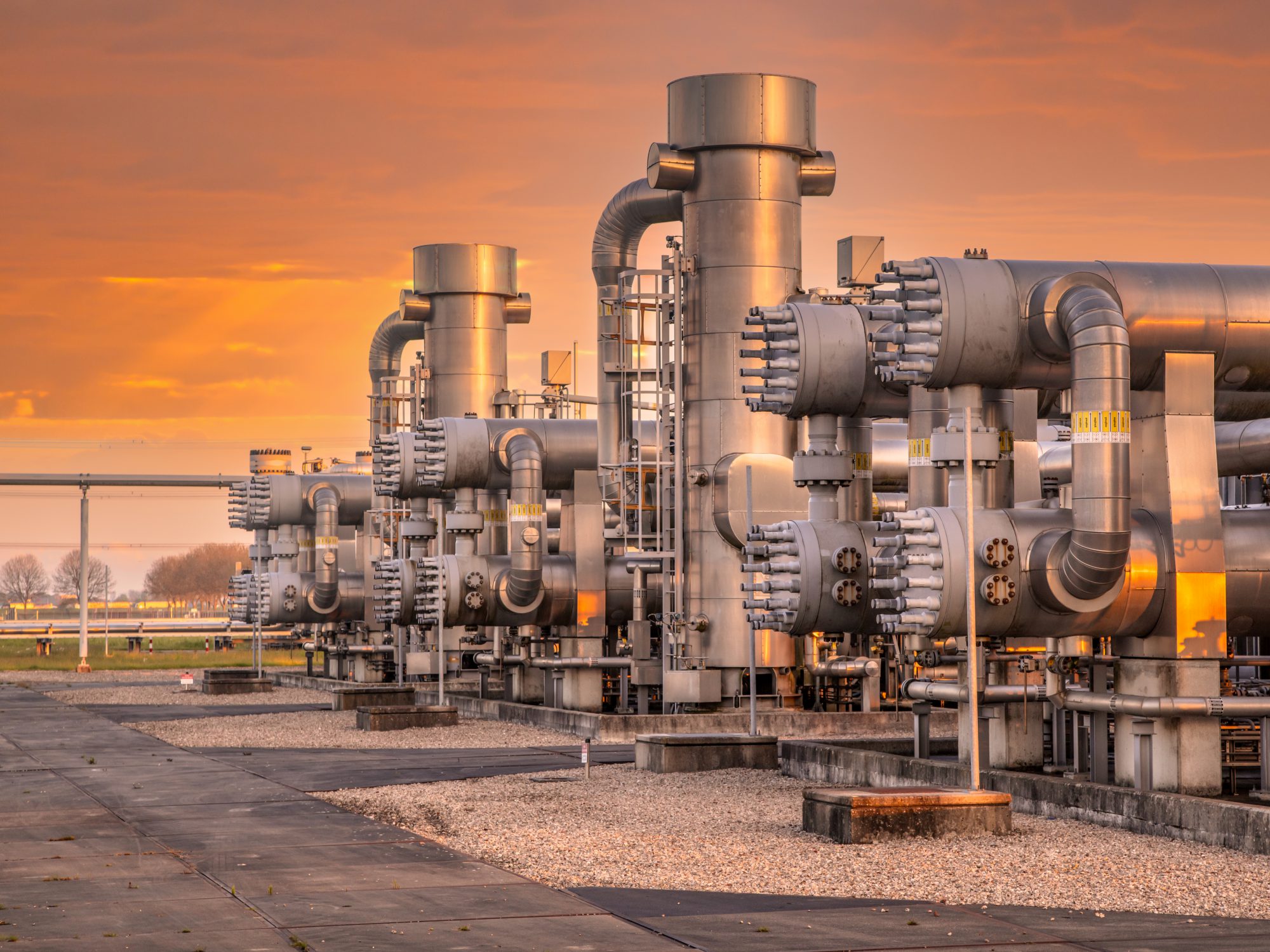The pipeline industry is rapidly evolving, focusing on durability and efficiency. As oil, gas, and water pipelines age, especially those dating back to the 1960s, the need for robust solutions becomes more pressing. Advanced materials and surface treatments like DragX are transforming pipeline integrity today. These advancements offer protection against corrosion, reduce the need for cathodic protection, and improve pipeline performance in demanding conditions. Here’s why advanced materials and DragX are setting new standards for the industry.
Why Advanced Materials Are Essential for Pipeline Integrity
Around 40% of pipelines in the U.S. were installed before regulations prioritized long-term durability. While these aging systems continue to serve, they are increasingly prone to leaks and corrosion. Soil chemistry, high-pressure natural gas, and environmental factors contribute to pipeline wear and tear. New materials like composites now offer solutions to minimize these risks by resisting corrosion, reducing leak likelihood, and enhancing compatibility with emerging fuels, including hydrogen.
Moreover, composite materials are incredibly versatile. Unlike steel, composites are less susceptible to embrittlement, often when steel interacts with hydrogen. Composite materials can also handle multiple fuel types, making them ideal for future multi-fuel systems. This compatibility, combined with their high strength, positions them as the future backbone of the pipeline industry.
How DragX Surface Treatment Elevates Pipeline Protection
Advanced materials provide a strong foundation, but DragX surface treatment takes protection to the next level. DragX is a cutting-edge treatment designed to combat the daily external and internal corrosion that pipelines face. When applied to new and existing pipelines, DragX acts as a powerful barrier, reducing friction, improving durability, and extending the lifespan of the infrastructure.
Field applications show that DragX is effective in various environmental conditions, from high humidity to extreme cold, making it ideal for pipelines crossing diverse terrains. By minimizing corrosion, DragX reduces the need for frequent maintenance, resulting in significant cost savings for operators and less environmental impact. As a supplement to advanced materials, DragX provides an additional layer of security, helping pipelines withstand the most challenging conditions.
Benefits of Advanced Materials and DragX for the Future of Pipelines
Incorporating advanced materials and DragX surface treatment into pipeline infrastructure presents numerous advantages. Together, they:
- Enhance Durability: Composite materials combined with DragX improve pipelines’ resistance to corrosion, even in the most corrosive soil conditions.
- Increase Lifespan: By eliminating the need for cathodic protection and reducing leaks, these innovations contribute to longer pipeline service lives.
- Prepare for the Future: Advanced materials and DragX are adaptable for multi-fuel transport, positioning pipelines for a future that includes hydrogen and methane blends.
Moving Forward: The Pipeline Industry’s Path to Sustainability
As energy needs evolve, so does the technology supporting infrastructure. By investing in advanced materials and surface treatments like DragX, pipeline operators can ensure their systems meet today’s rigorous standards while preparing for tomorrow’s demands. This approach extends the life of aging pipelines and supports sustainability by reducing leaks and minimizing environmental impact.
In the coming years, we can expect more pipelines to incorporate these advanced technologies, paving the way for a more resilient, efficient, and sustainable industry. Learn more about DragX with experts.

